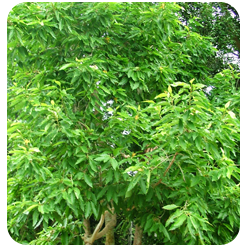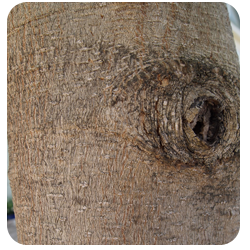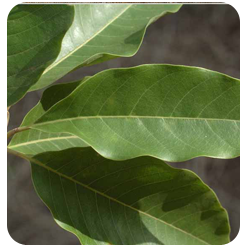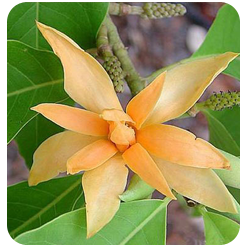
|
||||||||||
| Home | About Forestry | Forestry Addresses | FAQs | Contact Us | |
||||||||||
| Timber Tree Species | ||||||||||
SEMPAGAM
Scientific name: Michelia champaca Distribution: The tree is wide spread all over tropical Asia. It is wild in the forests of the eastern sub Himalayan zone from Nepal eastwards along the foothills up to 900m, including West Bengal and Assam. It is also found in the Westernghats from Karnataka to Kerala. It is extensively cultivated in all parts of India and Myanmar. Climate: Maximum shade temperate varies from 37.5oC - 47.5 oC and absolute minimum temperature varies from 0 oC to 17.5 oC. Rainfall varies from 2250 – 5000 mm and relative humidity varies from 80 – 90% in July and in January 60 – 80 %. It performs well in an altitude of 500 -1500m above msl. Geology and soil: It is well suited for sandy loam soil and also it occurs on moist deep, well drained, good quality soil. Silvicultural characteristic: The tree is a light demander and coppices well upto a fair size and it does not produce root sucker. Young plants will be affected by drought and does not tolerate water logged condition and is sensitive to fire. The tree is frost hardy. Hailstorms, which occur in March-April, destroy the flowers and the young fruits and are subject to damage by animals.
Nursery practices: Ripe fruits are collected from the trees in August-September. Seeds should be cleaned and dried in the shade. Experiments at the F.R.I indicate that the seed should be sown within two weeks of collection as it loses its viability very rapidly. Planting Method: The most successful method of propagating M.champaca is by planting out nearly one year old seedlings at the break of the monsoon of the following year. Planting out with ball of earth or with naked roots, though success chiefly depends upon congenial planting weather. The ball of earth being 7.5 to 10cm in diameter and 15cm long. Spacing: The spacing adopted is 1.8 x 1.8m in West Bengal and 2.4 x 2.4 m in Assam. Weedings will not be required after the second or third year, as the plantation closes up rapidly. The first thinning in well-stocked plantations will normally be required in the 5th year if the spacing is about 1.8m x 1.8m. Uses: It is an excellent timber for light furniture and for all indoor works. It is accepted as suitable for the manufacture of grade I commercial and moisture proof plywood and plywood tea-chests. It is also suitable for heavy packing cases, superior type boxes, battery separators and pencils. For Further Information Please Contact Below Address |
||||||||||
| Home | About Forestry | Forestry Addresses | FAQs | Contact Us | |
||||||||||
| © All Rights Reserved. TNAU-2021. |
||||||||||



